Moblie: 8613816755915
Opportunities for LGSF in California wildfire reconstruction

In early 2025, California was hit by the worst mountain fire disaster in its history. The rapidly spreading Palisades and Eaton fires in Los Angeles County destroyed more than 30,000 homes, including residences, schools, and public facilities, with the loss of approximately 1,000 homes in the Palisades neighborhood alone, and hundreds of structures in the Altadena area reduced to scorched earth.
The fire spread over 160 square kilometers, equal to the size of the San Francisco metropolitan area, and the disaster has not only displaced tens of thousands of people, but more than 150,000 residents have been mandated to evacuate, with evacuation orders covering nearly 200,000 people in some areas, and as of Jan. 20, 2025, the Hill Fire has resulted in at least 27 deaths, with some predictions suggesting that the eventual damage could be as high as $275 billion.
The systemic dilemma of rebuilding after California wildfires
Wildfires in California have dealt a severe blow to the housing market, and the need for reconstruction is urgent. However, for the United States, where manufacturing has been hollowed out, such a large-scale reconstruction effort faces enormous challenges. California’s reconstruction efforts are confronting systemic challenges.
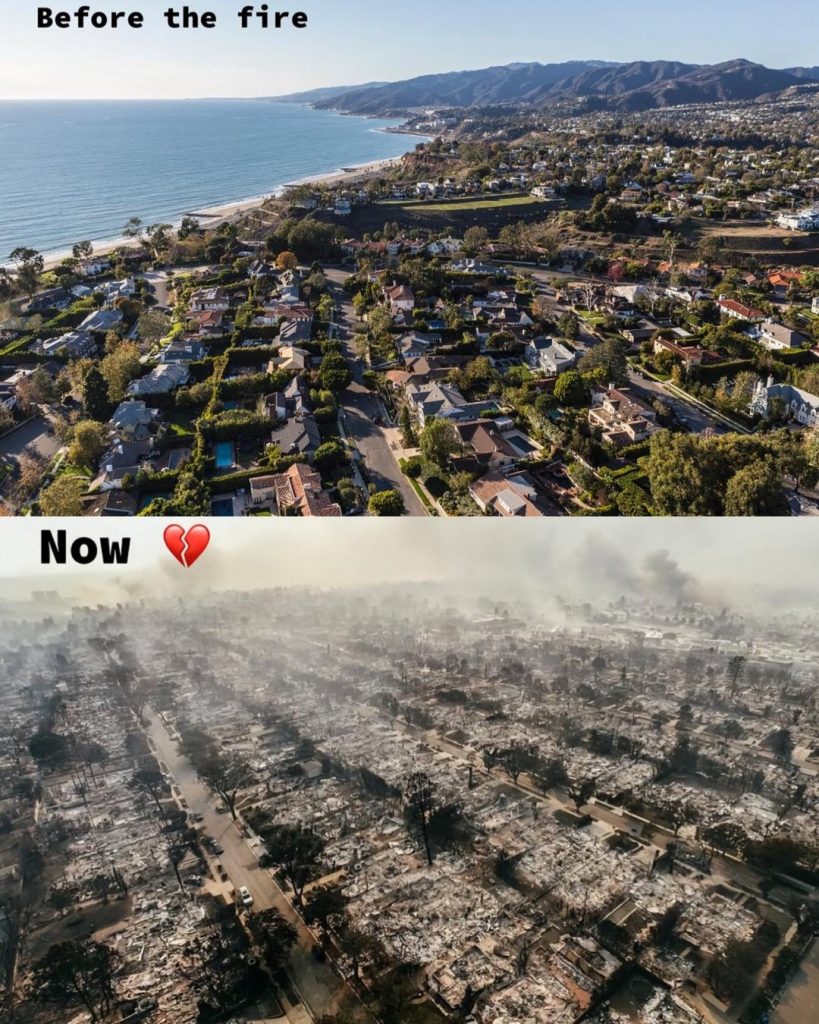
Hollowing out of manufacturing
With the proliferation of virtualization in the financial and service sectors in the United States, the local manufacturing industry has gradually hollowed out, and this is especially true of the building materials industry. There is a severe shortage of local building material capacity, and core materials such as lumber and steel are dependent on imports, with a surge in demand after disasters leading to price spikes. For example, after the 2025 California fire, the price of light steel keel rose 45% year-on-year, and the delivery cycle of traditional wood construction materials was extended to more than six months. Logistics bottlenecks exacerbated the predicament: congestion at the Port of Los Angeles led to delays in the arrival of building materials, with containers being stranded in port for an average of 30 days, adding to the reconstruction progress.
Global supply chain volatility
Since Trump took office, a series of tariff policies have caused fluctuations in the global supply chain, which has been a major headache for California’s housing market, which is in urgent need of reconstruction. The reimposition of tariffs of more than 50% on steel and aluminum has undoubtedly pushed up prices for major building material manufacturers in China, Japan, and Europe. Combined with the increase in shipping costs, this is certainly not good news for California’s reconstruction efforts.
Shortage of skilled workers
- California’s construction industry has a labor shortage of 150,000, and traditional wood construction relies on highly skilled carpenters with a long training cycle (on average, it takes 5 years) that cannot fill the demand in the short term. Union constraints: Strict unionization restricts interstate worker deployment, and labor costs are 30%-50% higher than non-union contractors.
- Supply chain disruptions, building material shortages and out-of-control costs exposed the vulnerability of the U.S.-based construction supply chain – shortages of building materials, high labor costs, and traditional construction lead times of 12 months or more, which made it difficult to meet the demand for rapid rebuilding in the wake of a disaster.
Regulatory barriers and approval delays
The California Green Building Standard (CALGreen) has stringent requirements, such as meeting Zone 4 for seismic and ASTM E84 for fire protection, and the compliance process for local design firms takes an average of six months. The approval process is lengthy: redevelopment permits need to be reviewed by multiple departments, such as fire protection, environmental protection, and community hearings, and 60% of the projects are overdue for delivery due to delays in the process.
Insurance and funding disputes
Insurance companies refused to pay or raised premiums on the grounds of “high-risk areas”, and 40% of the victims were unable to start reconstruction due to claims disputes. Conflict between federal funding and local allocation: The California government required the federal government to bear 70% of the reconstruction costs, but the two-party game resulted in less than 50% of the funds being in place. In addition, due to the early demonstrations and conflicts between California and the federal government, reconstruction has been delayed again and again.
Opportunities for LGSF
In the face of the California wildfires, the main problem that needs to be solved in the future residential buildings is that the product needs to have strong fire resistance, the construction progress needs to be as fast as possible, and the cost needs to be as low as possible. This is the opportunity for LGSF.
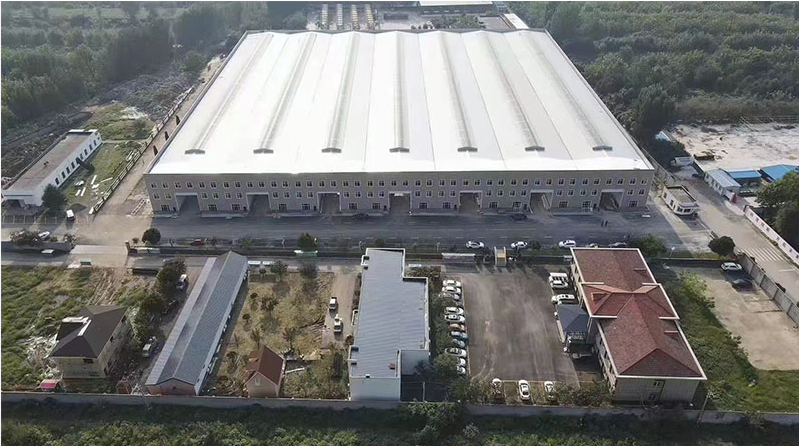
Advantages of LGSF
- Rapid Delivery
The light steel keel structure is similar to the wood structure. Under the same conditions, the skilled workers’ hours and costs required for the light steel keel system are much lower than those for the wood structure. The materials of the light steel keel house are mass-produced in the factory, the frame is prefabricated in the factory, and then installed on site. When the frame of a house is prefabricated in the factory, 8 workers can complete it within 2 weeks according to the drawings. When the frame of a house is prefabricated on site, 5 workers can complete it within 5 days according to the drawings. For the homeless people in California, the quick delivery of houses is a timely help, but the long delivery time of wooden structures makes people lose hope.
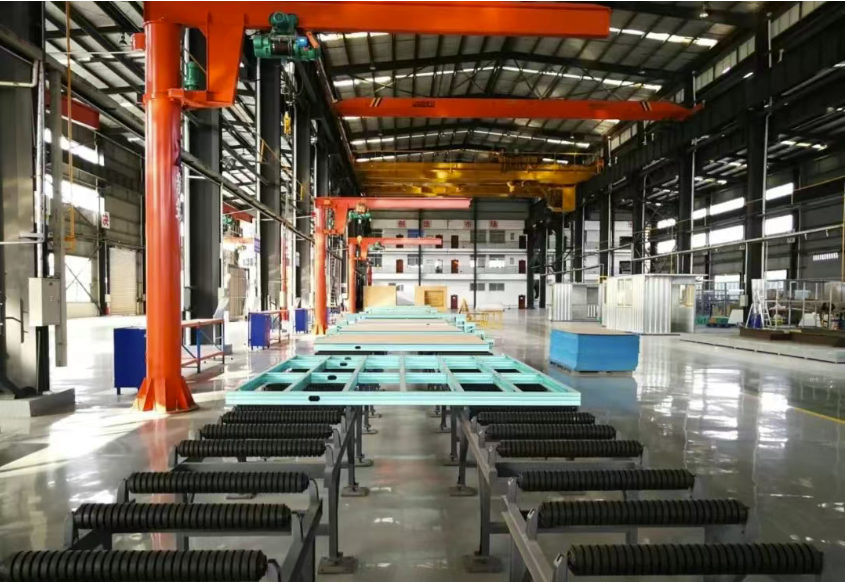
- Good fire resistance
The core cause of frequent wildfires in California is extreme drought and high temperature. One of the advantages of LGSF is its good fire resistance. Generally, the structural parts of LGSF are made of AZ15 aluminum-zinc-plated skeleton, the outermost side is covered with lightweight concrete wall panels, and the roof is made of CLASS A fireproof roof tiles; the wall is made of Class A fireproof rock wool + cement fiber board, which is flame retardant and heat-insulating; the outermost side is made of high-temperature resistant lightweight concrete AAC board (can withstand 1050℃ for 2 hours), which effectively delays the spread of fire. There is an old Chinese saying: where you fall, you get up there. The loss in fire prevention is the lesson learned in fire resistance. Most of the houses lost in the fire were wooden structures. In terms of fire prevention effect, wooden structures are certainly not as good as LGSF.
- Acceptable cost
In the United States, there are more wooden houses than LGSFs. One reason is that the traditional concept of homeowners prefers wooden structures, and another reason is that LGSFs are more than 30% more expensive than wooden houses. However, in terms of the structural safety, fire resistance, and earthquake resistance of the house, LGSFs are worth the money. As we all know, it is the LGSFs that have survived the California wildfires. The homeowners may need to make simple repairs before they can move in. Which one is cheaper for the homeowners of wooden houses that are in ruins?
LGSF Compliance Services
LGSF has been in the U.S. for more than 100 years, and its non-stop accumulation and evolution has resulted in a set of norms and practices. Materials need to be UL listed, ICC-ES evaluation reports, and key components (e.g., connectors) meet ASTM A653 standards.
Structural calculations and drawing reviews are completed in accordance with the North American Building Code and California Building Standards to ensure that loads, seismic, ventilation and other indicators are up to standard.
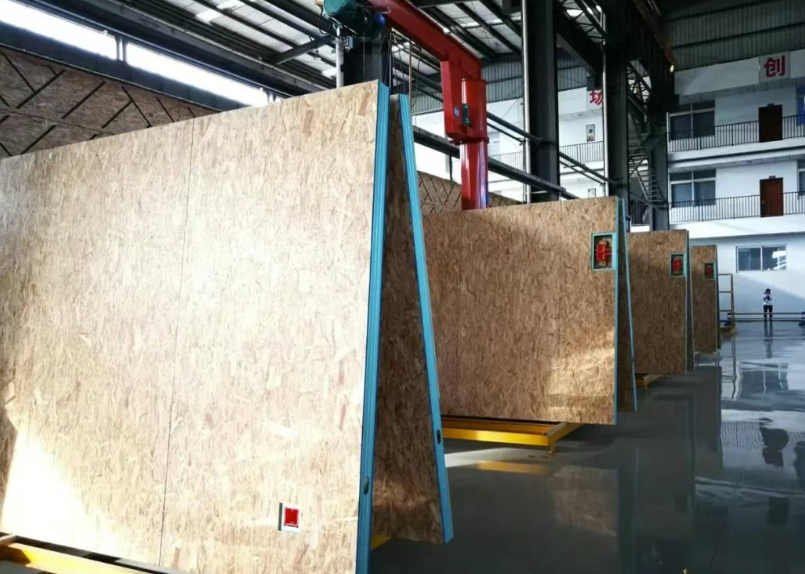
Solidhome’s services
Solidhome has been operating in North America for more than a decade and has created a good reputation in the region.
Solidhome can provide full-process technical solutions:
Customized design: Provide one-stop design services from apartment optimization (adapting to American family structure) to landscape integration;
Supply chain integration: Cooperate with China’s leading steel mills to directly supply American standard steel, which is 40% lower than purchasing in the United States;
Localized collaboration: Cooperate with licensed contractors in the United States to solve construction permit and worker training issues.
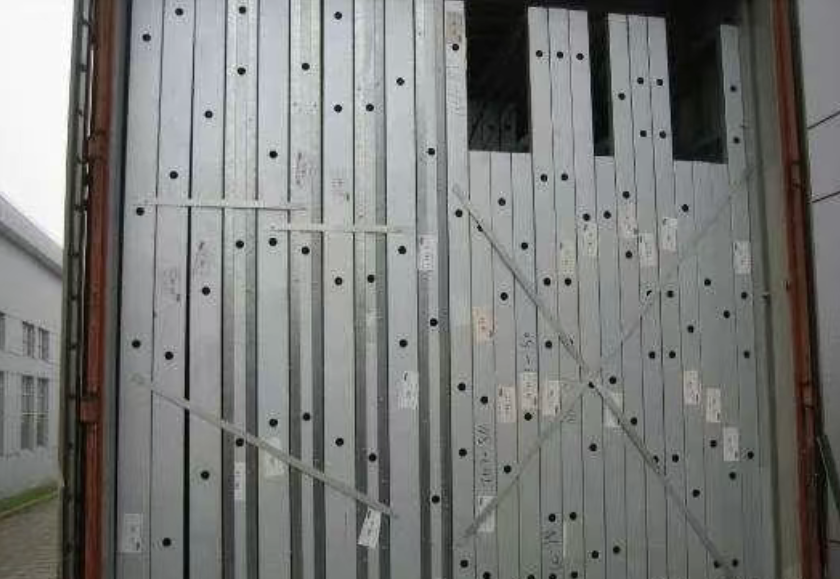
The reconstruction dilemma in California reflects the universal challenges faced by global climate change, and Solidhome’s agile response and the technical advantages of its LGSF products are becoming a force to resolve the crisis. Through prefabrication, standardization and compliance, we are willing to work with our partners to write an “efficiency revolution” in post-disaster reconstruction.
